How to make money as an amateur photographer
Cash in on your photography hobby
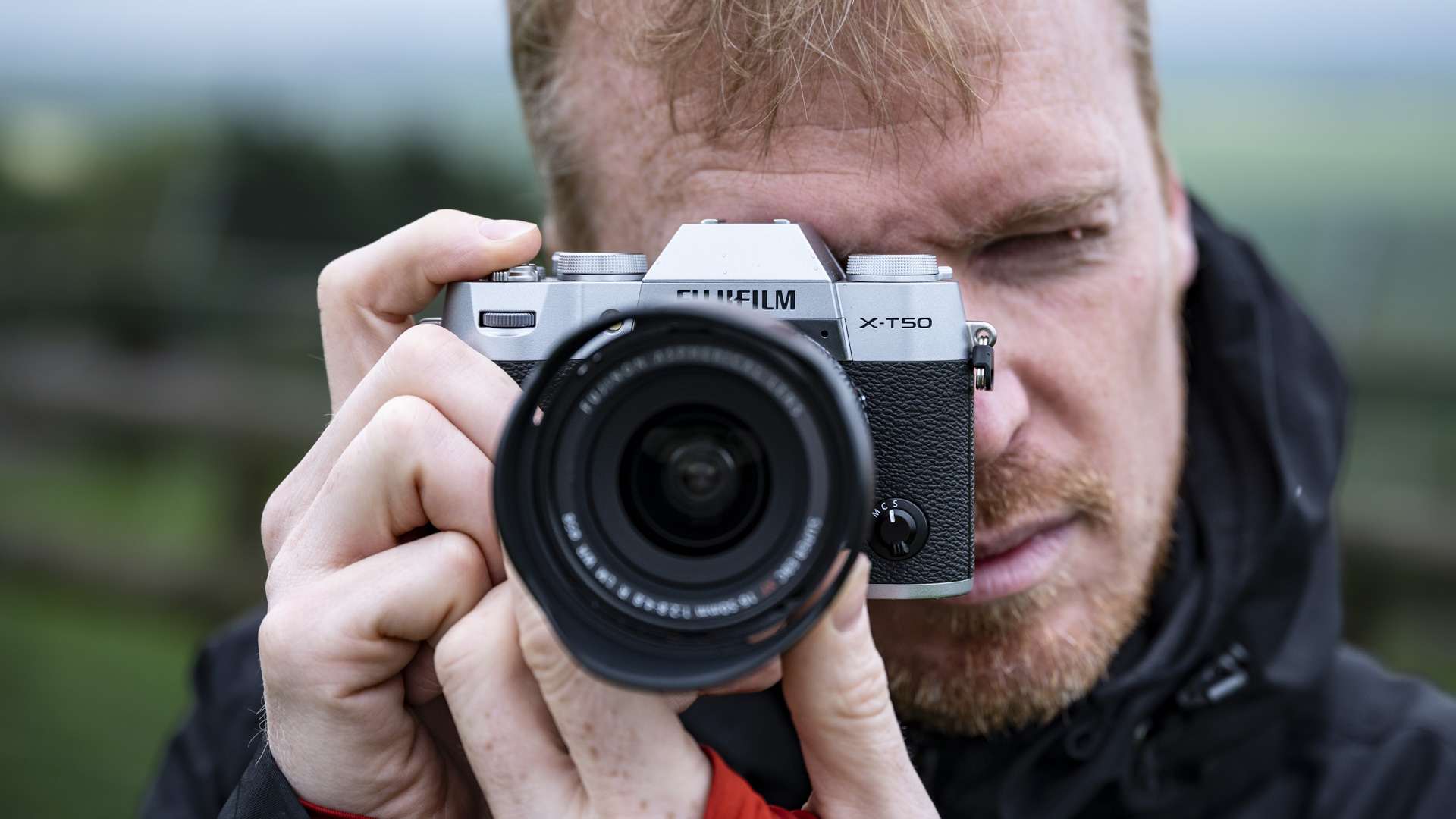
You don’t need to be a professional to make money from photography. You don’t even need one of the best cameras. With practice, consistency, a growing portfolio and a little bit of self-promotion, anyone can make money from photography.
Turning your hobby into a source of income is one of life’s big wins. The good news is that photography is probably one of the easiest hobbies to monetize. From selling prints online to offering your services in your local area, you can start making cash from photography with very little lead time. And if you want to earn more significant sums, a bit of persistence can really pay off.
I speak from personal experience here: I took up photography when I was a teenager, then started making extra pocket money selling stock photos online. At university, I offered my services covering sports and events. Now I write about cameras for TechRadar.
Whether you’re an amateur photographer who wants to make some income on the side, or you see this as your first foray into pursuing photography as a career, these tips will help you to start cashing in on your passion – and you never know where it might lead.
1. Sell your photos

Sell your images as stock
One of the most straightforward ways to make money as an amateur photographer is by selling your photos as royalty-free stock images. These can then be licensed for use in designs, magazines, websites and more. You’ll receive a fee each time one of your images is licensed.
There are several sites which allow you to sell your images as stock. Some of the biggest are Adobe Stock, Shutterstock, iStock and Alamy.
The sign-up process differs for each platform, but you will usually be asked to submit a batch of your images for quality control. Once your account is approved, you can start uploading. Tagging and categorization is key, as it helps people find your photos.
Get daily insight, inspiration and deals in your inbox
Sign up for breaking news, reviews, opinion, top tech deals, and more.
Some photographers choose to keep their more artistic work for their personal portfolio, listing more commercially viable images as stock. The passive approach is to upload swathes of your library in the hope of a purchase; alternatively, most stock websites let you see which topics are popular, so that you can shoot and upload to satisfy that niche.
Sell print-on-demand products
Creating physical products featuring your images can be a great way to make money. The problem with setting up your own shop – whether in-person or online – and stocking it with merchandise is that there’s a large up-front cost with no guarantee of a return.
The alternative is to upload your photos to print-on-demand services, such as Printful or Redbubble. These allow you to curate which products your images are applied to, including everything from T-shirts to phone cases to stickers. When someone places an order, the platform creates the product and ships it directly to the consumer, charging you a fee.
This makes it a low-risk and low-effort way to make money. If you want to increase your sales, you can also try marketing your products on social media.
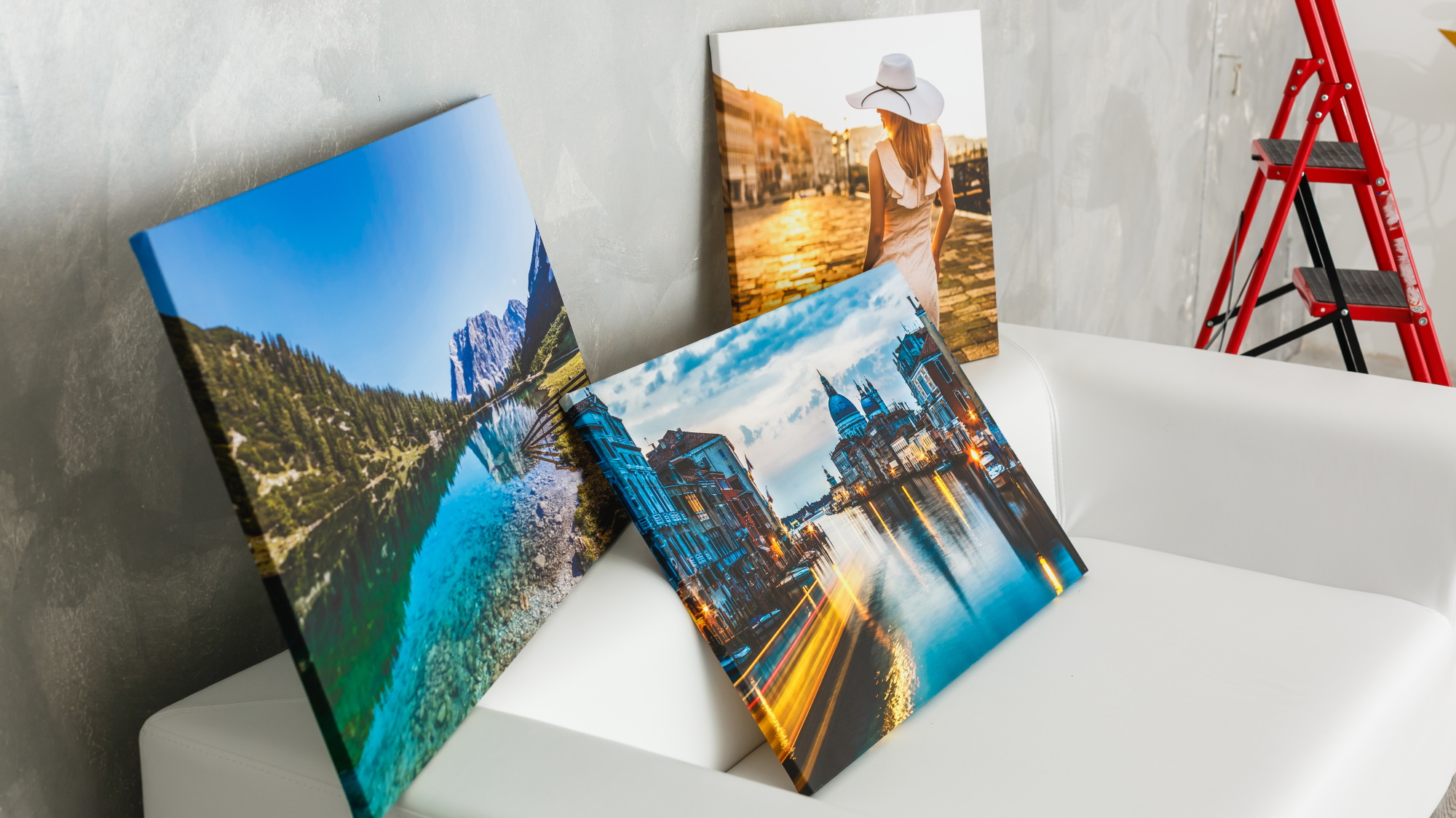
Sell physical prints
A more traditional route to making money as an amateur photographer is to have some of your best work printed on high-quality paper and offer it for sale as fine-art prints. This does require an up-front investment on your part, which might influence what kind of prints you’re able to offer. Framing will cost more, while having a range of cheaper products – such as postcards and posters – gives potential customers a number of options. You can also use websites such as WhiteWall to create a book of your best stills.
You can offer these for sale through a website of your own or via social media. Alternatively, if you live near to an art or gift store, you can ask whether they’d be happy to stock your prints for sale in exchange for a small commission. It’s also worth asking local cafés whether they would be happy to display your work on the wall – not only would they get a cut of any sale, but it also gives a space character, and you get exposure for your work, even if it doesn’t sell.
2. Offer portrait sessions
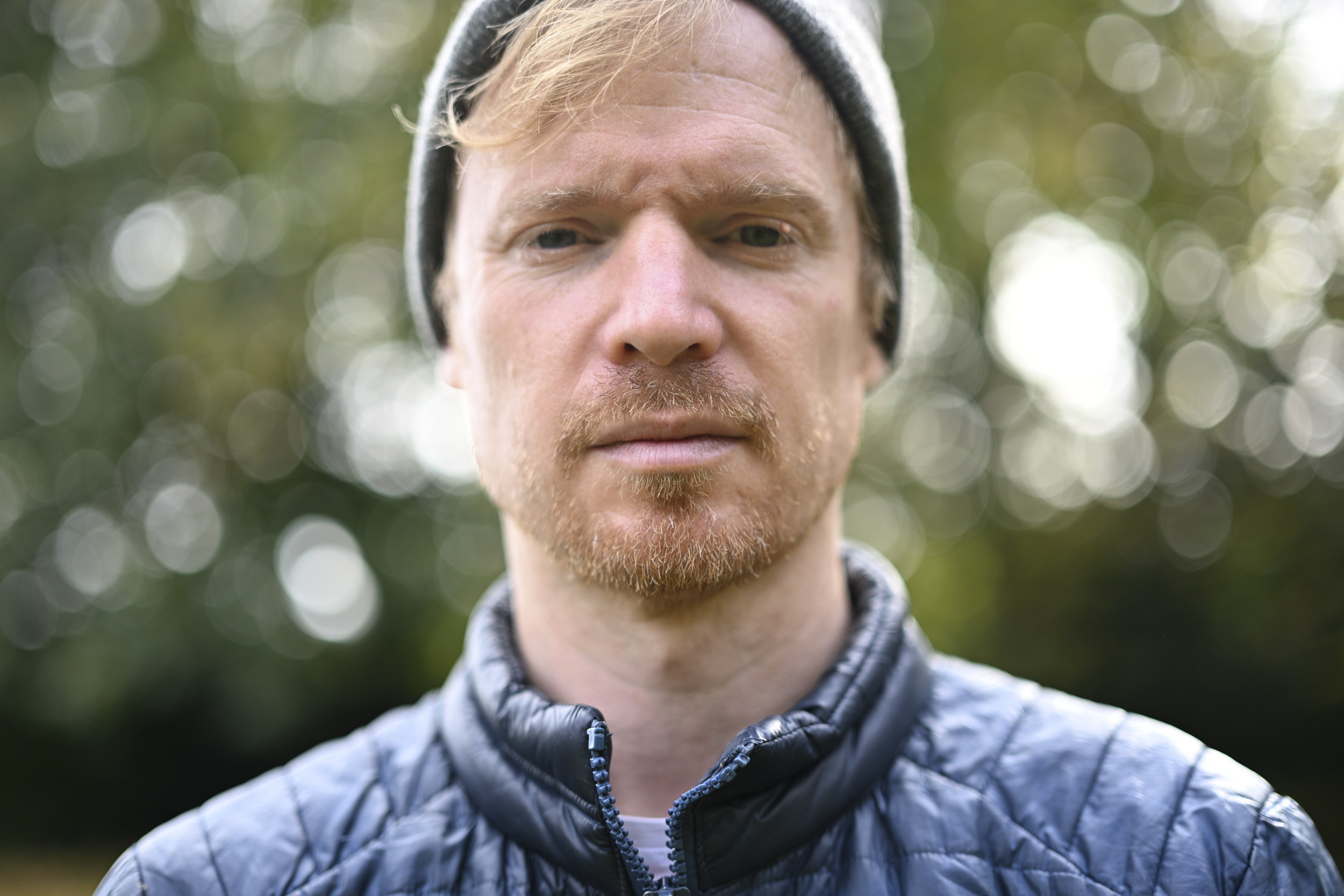
Portraits aren’t just a great way to get your eye in as an amateur; they can also be a great little earner. From passport photos to family snaps, people are always in need of portraits. Get your name out in the community as someone who shoots quality portraits and you could be on to a winner.
The easiest way to do this is by initially offering discounted sessions to friends and family, to help hone your skills and build a portfolio of portrait work. Personal recommendations tend to go a long way. Posting on local Facebook groups and classified listings will also help to get word out about your services.
The kit you need depends on the type of portraits you’re shooting. The good news is that you don’t need an expensive studio setup for formal headshots – an affordable backdrop and some basic, neutral lighting should be enough to get started. We’ve put together a handy guide on how to set up a home photo studio.
For couples, family, and pet portraiture – which are all genres worth exploring – you also have the flexibility to shoot on location. It’s all about mastering depth of field, making your clients feel comfortable, and adding some gentle edits in post. Check out our portrait photography tips for more insights.
3. Shoot events
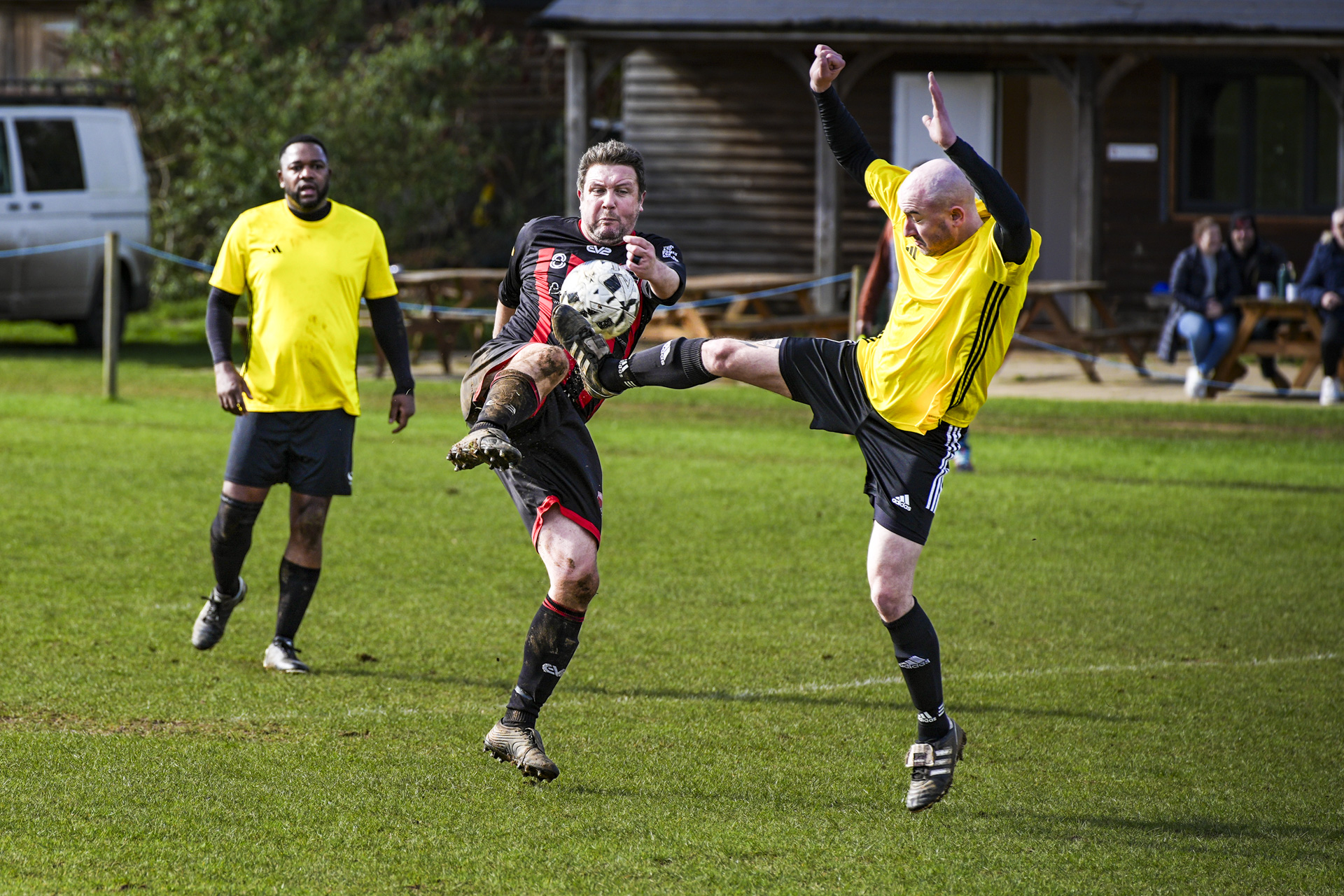
Event photography can be a regular and lucrative earner. From birthday parties to live music: wherever you live, there will always be events in need of coverage. If you have aspirations of being a professional photographer, events are also a fantastic way to cut your teeth. You’ll learn to be familiar with your equipment, look for angles around a room and deliver on a client’s brief.
As with portraiture, getting events gigs as an amateur photographer will often require a portfolio of previous work. That might mean offering to shoot a few events for friends and family. It could also mean attending public events, such as local sports matches, and shooting stills to add to your body of work. It’s a good idea to share that portfolio on a website or social media feed.
Be open-minded about the kind of events you’re willing to cover. That could be music gigs or football matches; weddings or birthdays; even corporate events. They won’t all be the glitziest at this stage, but it’s all experience. Whatever event you’re covering, the basic structure is the same: establish what your client wants, be prepared ahead of the event, and do everything you can to deliver. That includes setting out timescales for editing and sharing files.

When it comes to equipment, you don’t necessarily need a high-end camera, but there are some attributes that are desirable for events work. Dual SD card slots ensure you have a backup; a hot-shoe gives you the option of adding a flashgun; and fast glass to freeze action and reduce blur.
Pricing can be a tricky one to fix when you’re an amateur photographer. You can look at other photographers in your area to see what the going rate is. Some event photographers charge by the hour, while others will ask a fixed fee. You want to price in your time, not just at the event, but also in the edit. You also need to set a price that reflects your experience.
4. Enter competitions
A quick online search will reveal hundreds of photo competitions open for entry at any given time. You’ll find these regularly popping up on social media, too. While competitions are by no means a guaranteed way to make money from amateur photography, it never hurts to submit an entry. Whether the prize is cash, camera gear or the chance to have your prints exhibited, you have to be in it to win it.
Most competitions have a theme, whether that’s wildlife, travel or something else. It’s worth taking the time to sift through your library, pick out your top shots and make some careful adjustments to have them looking their best. If you need software to help you, check out our list of the best photo editors.
What’s more, photography competitions usually offer the potential to give your stills more exposure. Many contests features galleries of long-listed entries, and there are often smaller prizes if you make it onto the shortlist. Even if you don’t win, entering is a good exercise in honing your creative eye and curating your best work to a brief.
5. Shoot commercial stills
High-quality images have always helped to sell things, whether that’s a business, a house or a product. That’s especially true nowadays, which makes commercial photography a potentially fruitful avenue to explore as an amateur photographer.

Shoot for businesses
One option is to offer your services to local businesses. The smartest way to go about this is to look up their online presence. Make a note of any ventures which you think would benefit from better images, then reach out by email, phone or in person. Put together a proposal for what you’ll shoot and how it could improve their marketing, and be clear on what and when you’ll be able to deliver.
Then it’s simply a case of delivering the goods. That will differ based on the type of business. Do some research into similar, successful businesses online to understand the catalog of images they use in their branding. Make a list of the shots you’ll want to capture on the day. For a bar, for example, you might be looking to capture an atmospheric interior, close-ups of glassware and drinks, perhaps a bartender mixing a cocktail.
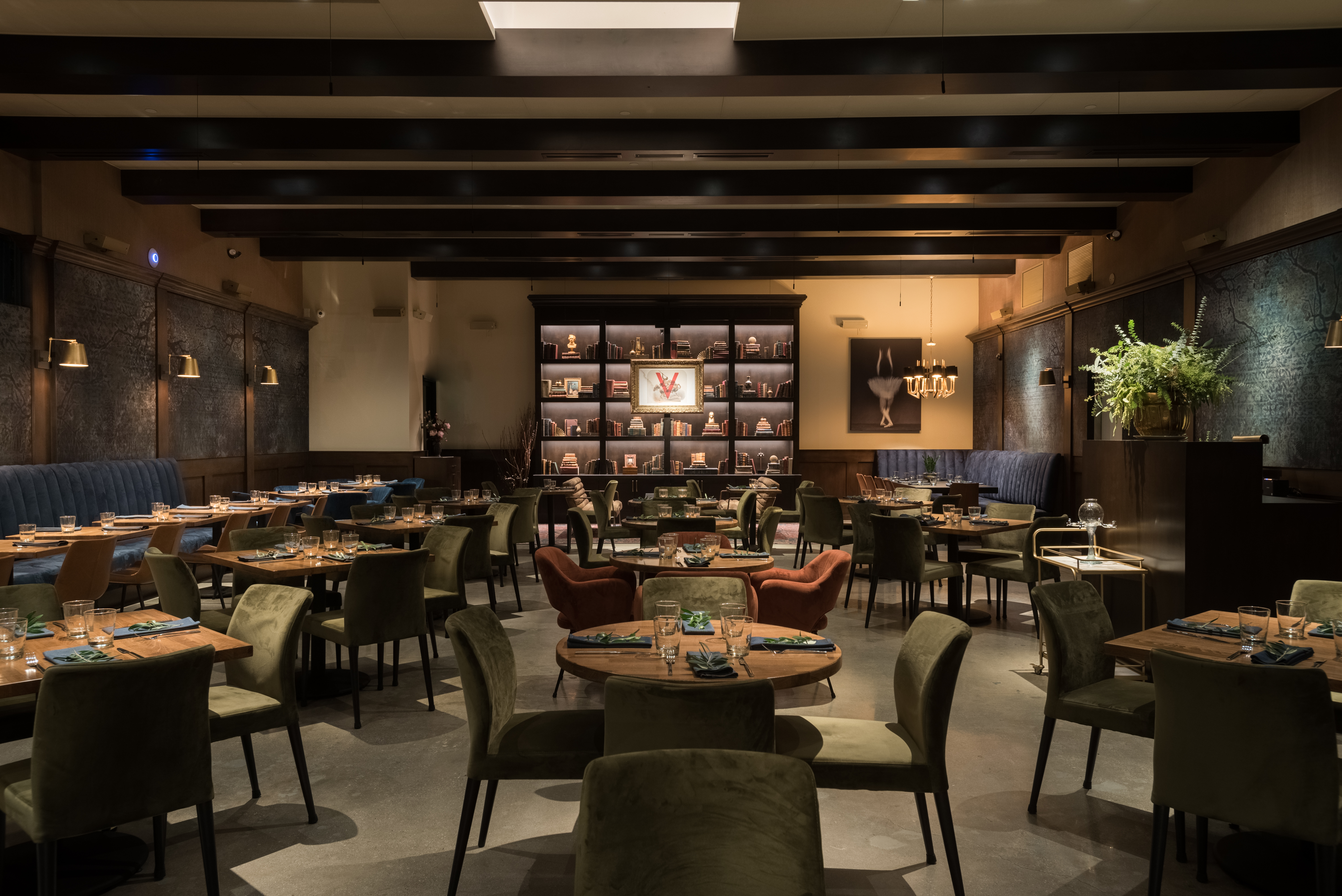
Shoot interiors
Interior photography is another route to earning money as an amateur. Besides businesses, this will often be for homeowners who want to sell their property independently. Quality images can make all the difference when attracting interest from potential buyers, so you’ll often find a ready market for interior photography.
You’ll need two key bits of kit to shoot high-quality interior images: a tripod and a wide-angle lens. These will allow you to capture immersive shots of a space, with plenty of light and no shortage of sharpness. Down the line, you might also want to invest in a light meter to help you select the right settings.
Doing freelance interior work gives you a lot of flexibility. It could also lead to a more permanent role with a real estate agent. Many agencies retain interior photographers to shoot properties going on their books.
Product photography
At a time when so many people have a side hustle, there’s high demand for product photography. Whether it’s an Instagram jewellery business or a start-up t-shirt brand, these enterprises need quality stills to promote what they’re selling. As an amateur photographer, you can fill this gap.
All you really need to get started is a Lightbox. These are relatively inexpensive to buy online, or you can get creative by lining a cardboard box with white paper and softly illuminating it from either side. This gives you a stage on which to shoot evenly lit products against a plain background.
The great news is that it’s easy to practise product photography at home using anything you have lying around. Once you’ve got to grips with depth of field and even lighting, you can start to market your services locally. Don’t be shy about reaching out to businesses directly.
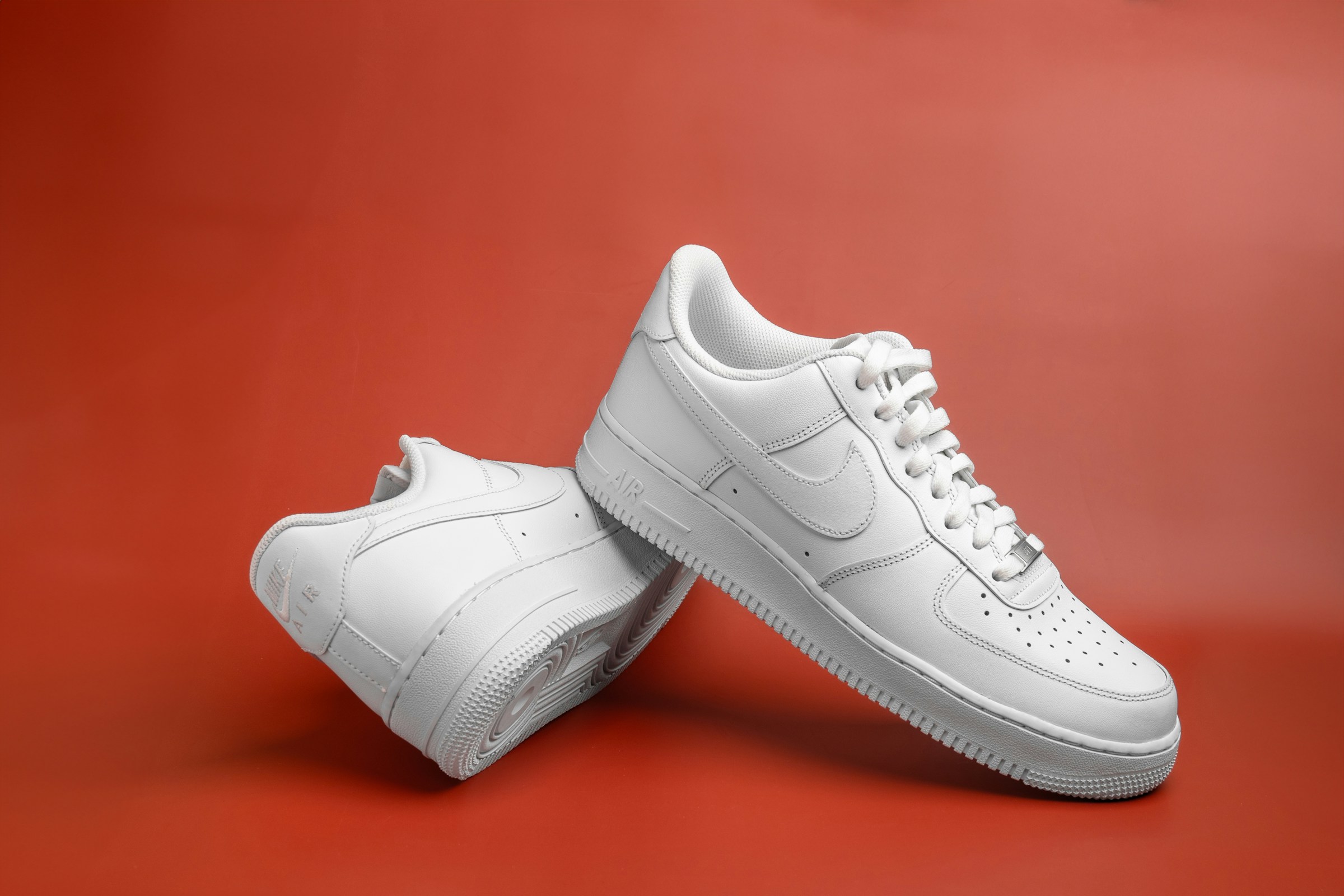
6. Run photography tours
Selling photography courses and workshops is a privilege usually reserved for professionals, but that doesn’t mean you can’t monetise your enthusiasm in a different way.
If you’re familiar with scenic locations in your area, you could consider running photography tours for tourists. Local photography groups will sometimes run free group walks for amateurs, but if you’re lucky enough to live somewhere that receives a lot visitors – and you’re confident enough to guide a group of people – there might be a market for paid tours.
You’d first need to check whether permission is required from local authorities. Once you’ve got the green light, it’ll be a case of selecting locations, mapping out a route and walking it through. A few test runs with friends and family would be a great idea to help you polish your delivery. Then it’s simply a case of marketing your tours online – and asking for testimonials.
7. Tips for success
1. Market yourself
Marketing yourself online can help to increase your income. Setting up an Instagram profile to showcase your portfolio could help you to win new clients. If you build up a following for your work, you may also be able to sell prints or earn affiliate revenue by recommending your favorite products.
2. Network locally
Your first gigs are the hardest to get. Offering services to friends and family is a good way to get started. As you build your portfolio and word of mouth spreads, you’ll find it easier to win more work. It can help to put your services out there on local Facebook groups and classified pages. Be open-minded about opportunities that come your way.
3. Upgrade your skills
Even the best cameras for beginners will produce saleable stills. At this stage, it pays more to upgrade your skills than your equipment. You might want to take an online course in photo editing, so that you’re able to get the best out of your images – whether you’re shooting for a client or selling them online.
4. Be consistent
The key to making regular money as an amateur photographer is consistency. That means committing to building up your portfolio, marketing yourself and delivering a good service to clients. Equally, if you’re selling stock images, you’ll need to be consistent in uploading and tagging what you’ve shot.
You might also like
Formerly News Editor at Stuff, Chris now writes about tech from his tropical office. Sidetracked by sustainable stuff, he’s also keen on cameras, classic cars and any gear that gets better with age.
